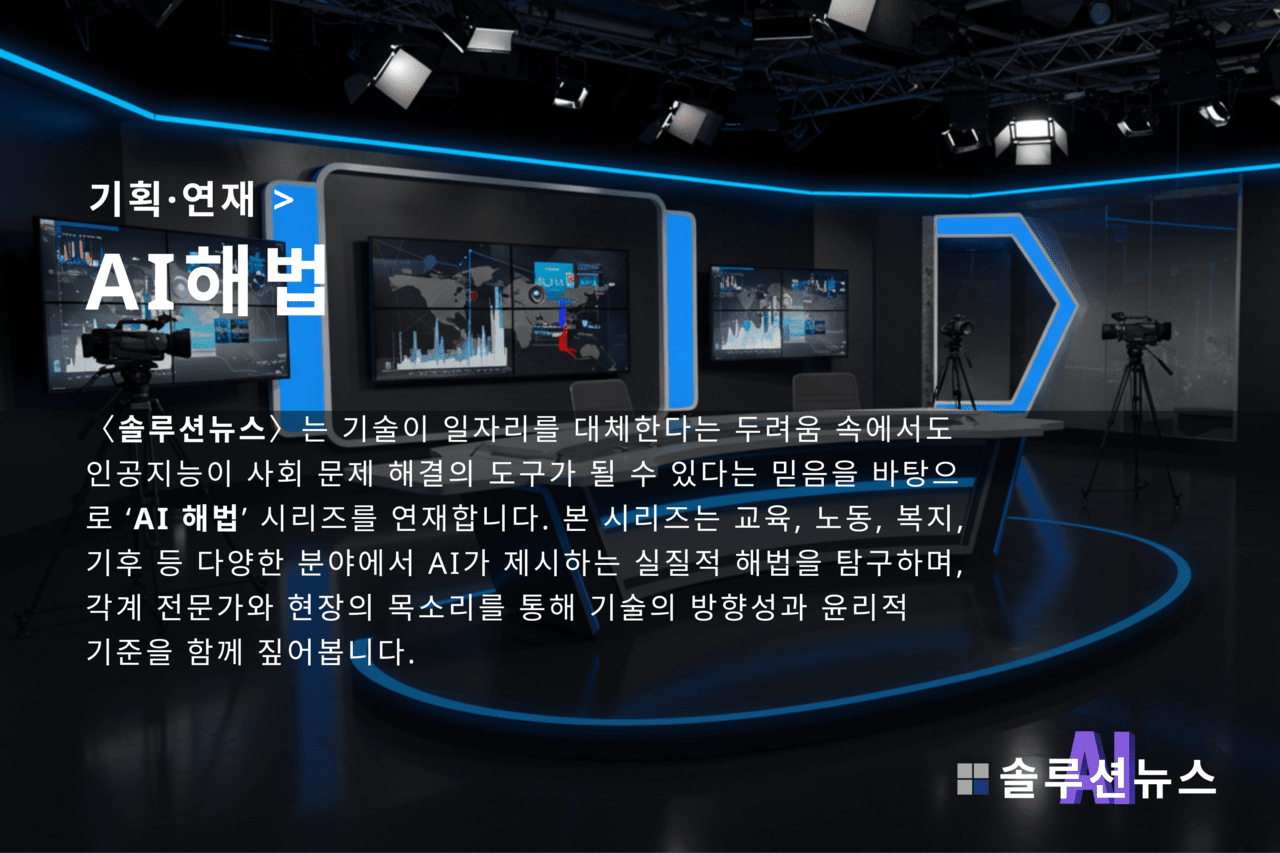
The density of relationships is decreasing, and the voids in conversation are growing. As the number of single-person households increases and aging accelerates, emotional isolation is becoming the norm rather than an exception. According to the Statistics Office, the proportion of single-person households in Korea exceeded 35% in 2024, and the number of elderly people living alone reached 1.8 million. In a life where there is no one to say a word to, attention is focused on whether artificial intelligence (AI) can become a new type of companion.
AI emotional care technology has evolved from the initial simple voice response function to the level of analyzing and interacting with the user’s condition. Features that comprehensively analyze conversation content, tone, and daily records to detect emotional changes or crisis signals, and automatically notify welfare agencies or guardians when necessary, are becoming commercially available. The technology is evolving from simple machine reactions to state-recognition-based responses.
AI care pilot projects led by local governments and welfare agencies are being utilized as a means to fill the emotional care void. AI devices installed in homes of elderly people living alone check in several times a day, providing information such as medication intake and weather updates. These devices are designed to analyze responses and voice changes to detect anomalies, automatically notifying the responsible parties. The ability to respond 24/7 complements the existing manpower-centered care systems effectively.
Emotional isolation is not just a problem for the elderly. Demand for AI counseling systems is also increasing among young single-person households. Even in situations where expressing emotions is difficult, chatbot-based conversations have low entry barriers and are advantageous due to their anonymity and immediacy. Some technologies are expanding in form by analyzing language data to extract negative emotions and suggesting stabilizing content.
While technology has evolved, unresolved challenges still exist. The accuracy of emotional analysis, standards for handling private information, and differences in human empathy are still areas that need discussion. Especially, the perception that AI can fully understand or replace emotions may lead to misunderstandings of the technology’s limitations. Algorithms do not feel emotions, and responses are merely designed reactions.
Nonetheless, technology can serve as a meaningful supplementary tool. In places where welfare resources are scarce, and in daily lives where even conversation is difficult, AI can play a role in detecting signs of isolation early and preventing crises. The issue is not whether the technology exists, but how effectively it can be utilized.
Emotional isolation is a phenomenon that occurs in the gaps of social structures. While technology cannot completely solve this problem, if designed and deployed appropriately, it can help narrow those gaps. If AI can stay by the side of those who need it at the right moments, that alone could be a solution.